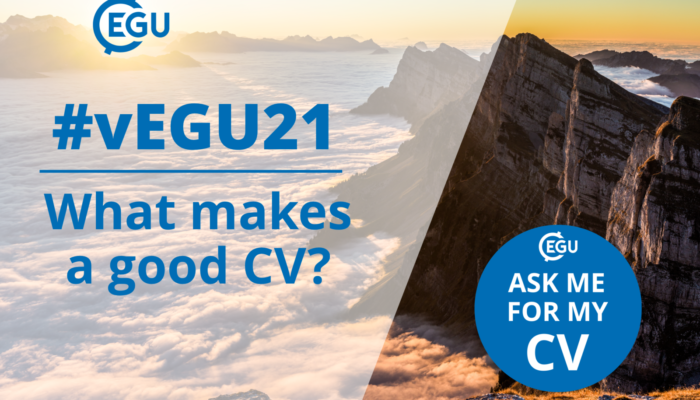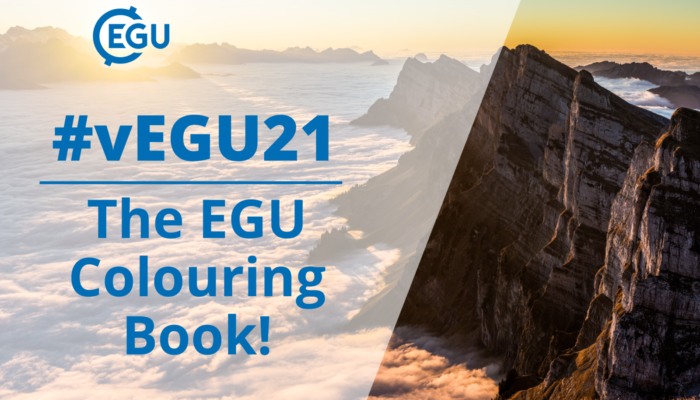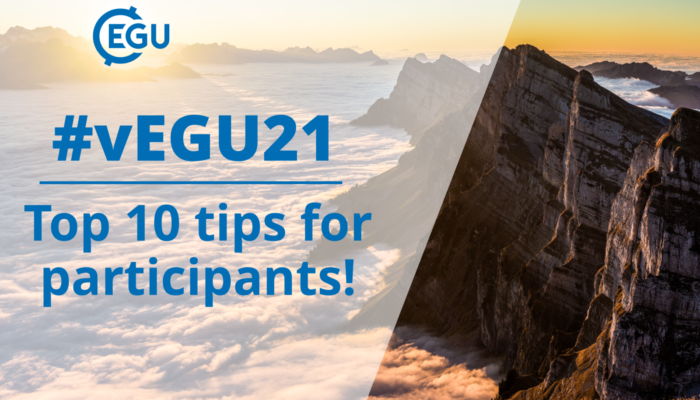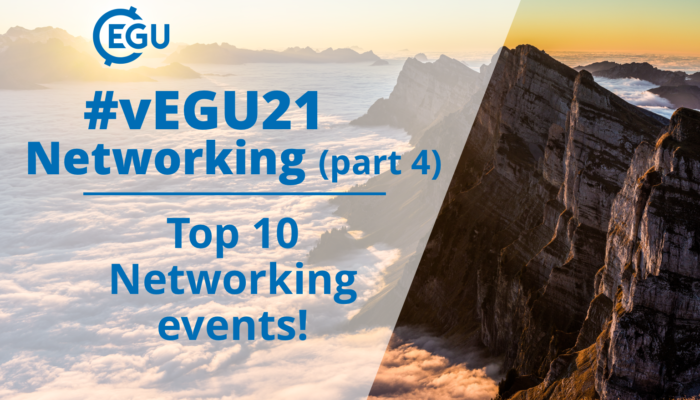This year for vEGU21 we couldn’t have our normal CV board for our attendee’s to share their skills and talents, so instead we added the ‘Ask me for my CV’ sticker that you can put in your profile to let people know that your CV is available. But what about the actual CV itself? Seismology Division Early Career Scientist Michaela Wenner has collected some of the best advice ...[Read More]
vEGU21: the EGU colouring book!
For the vEGU21 General Assembly, the EGU Equality, Diversity and Inclusion Working Group wanted to try something new. Working with artist Kelly Stanford, they have created an Open Access stock of geoscientist line-drawn portraits that can be downloaded during the vEGU21 and coloured in by you, your colleagues and of course your family and friends. In fact anybody with a set of coloured pencils or ...[Read More]
How to vEGU: top 10 tips for participants to get the most out of vEGU21!
Whether you spend a lot of time interacting in digital spaces, or this is your first time, #vEGU21 is bound to be an interesting experiment for us all. Many Networking and Session conveners will be learning right along with you and our conference organiser Copernicus has been busy preparing as much as possible to make sure that all our participants have the best experience over the next two weeks. ...[Read More]
How to vEGU – Networking (part 4): Top 10 Networking events!
Throughout the two weeks of #vEGU21 the assembly will be host to a diverse number of networking events. In this blog we’ve highlighted some of the key events of interest to attendees. Events are ordered in date-order from the start of the conference. You can keep up-to-date on Networking events by in the EGU Programme. This year there are two options: the EGU sponsored Networking events and the Po ...[Read More]




